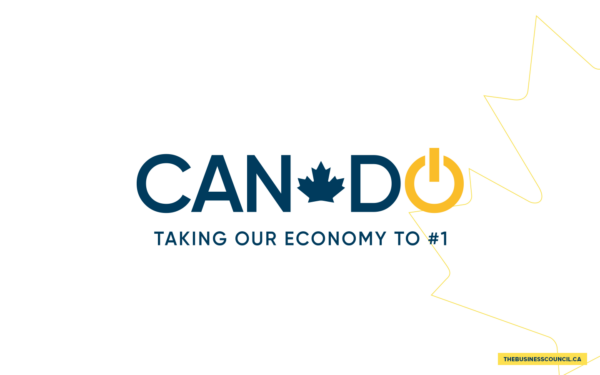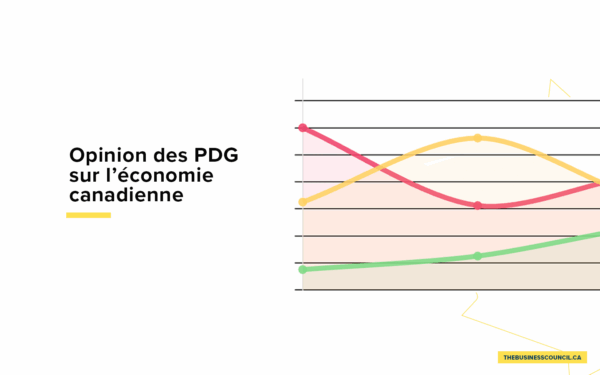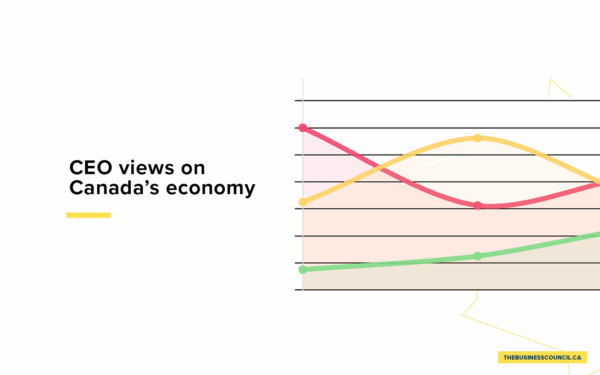Canada-Africa trade explained
The recent ratification of the African Continental Free Trade Agreement (AfCFTA) was a historic moment for the continent. The agreement will bring 1.3 billion people into an integrated common market, creating the world’s largest free trade area by number of countries. When fully implemented, AfCFTA has the potential to boost intra-African trade and integration.
For the past several years, Canada has made trade diversification a key priority. In its 2018 Fall Economic Statement, the federal government committed to making Canada a more globally connected economy by increasing overseas exports by 50 per cent by 2025.1 This is an ambitious goal that will require a comprehensive export strategy focused on high-growth markets where Canada underperforms.
To date, trade diversification discussions have often focused on the Asia-Pacific region given the well-documented rise of Asia’s middle class. While this region must continue to be a focus, Africa deserves attention given its large and under appreciated growth potential. Meeting Canada’s trade diversification target will simply not be possible without an Africa strategy.
The opportunity for Canada in Africa is enormous.
Economic analysis commissioned by the Business Council of Canada suggests that if Canada seized the opportunities in Africa our exports to the region could reach USD 6.6 billion in 2030, representing a growth potential of about USD 4.1 billion over the coming decade.
The objective of this report is not only to highlight the economic potential of Africa, but to clearly identify the most promising opportunities for Canadian businesses.












